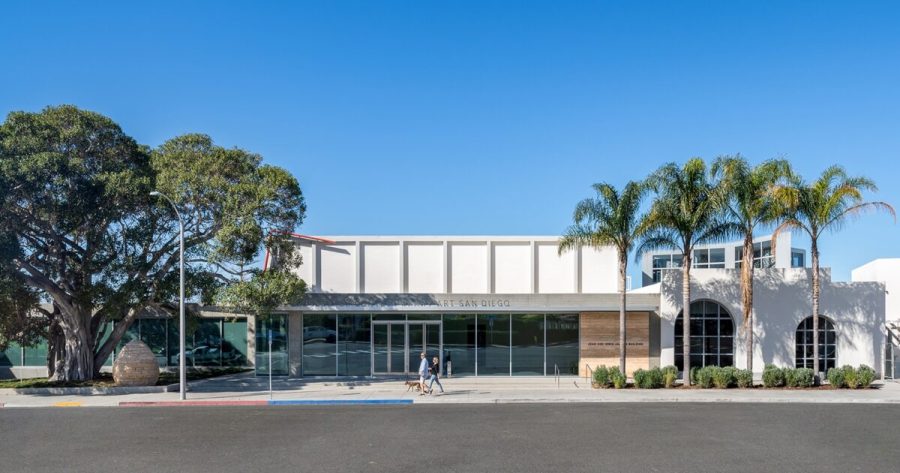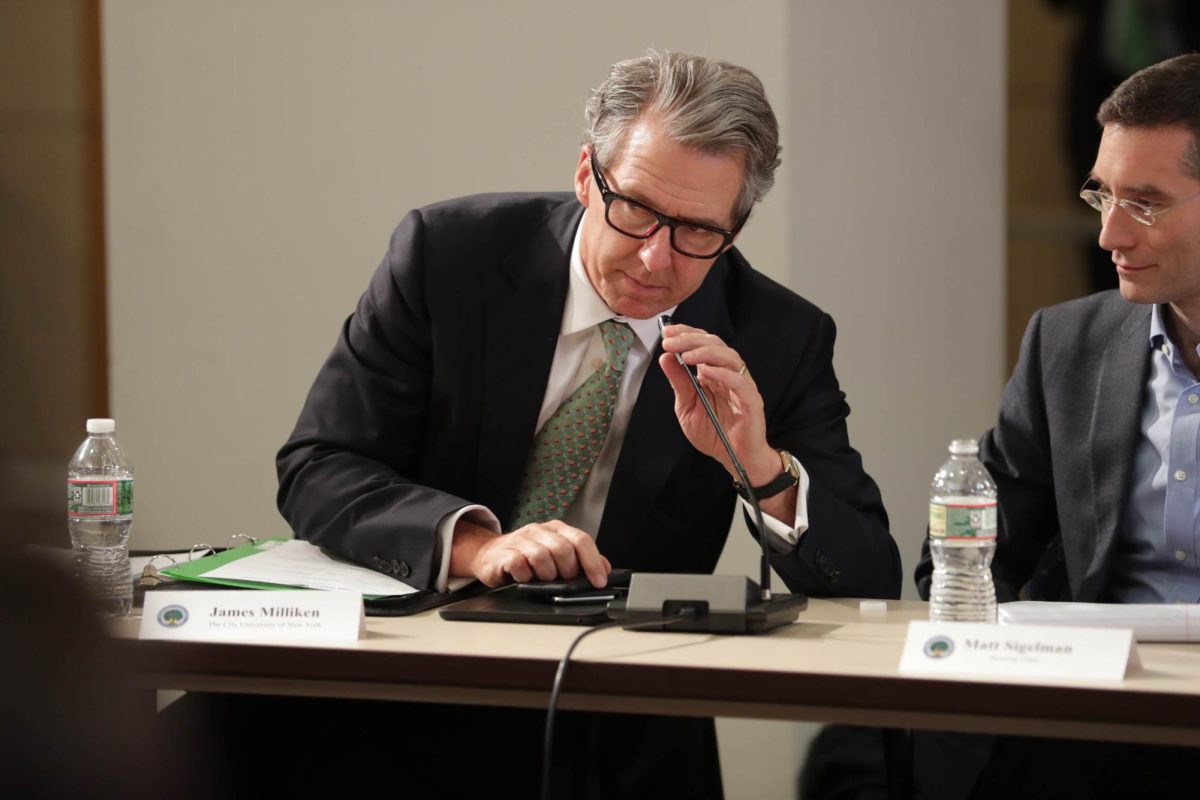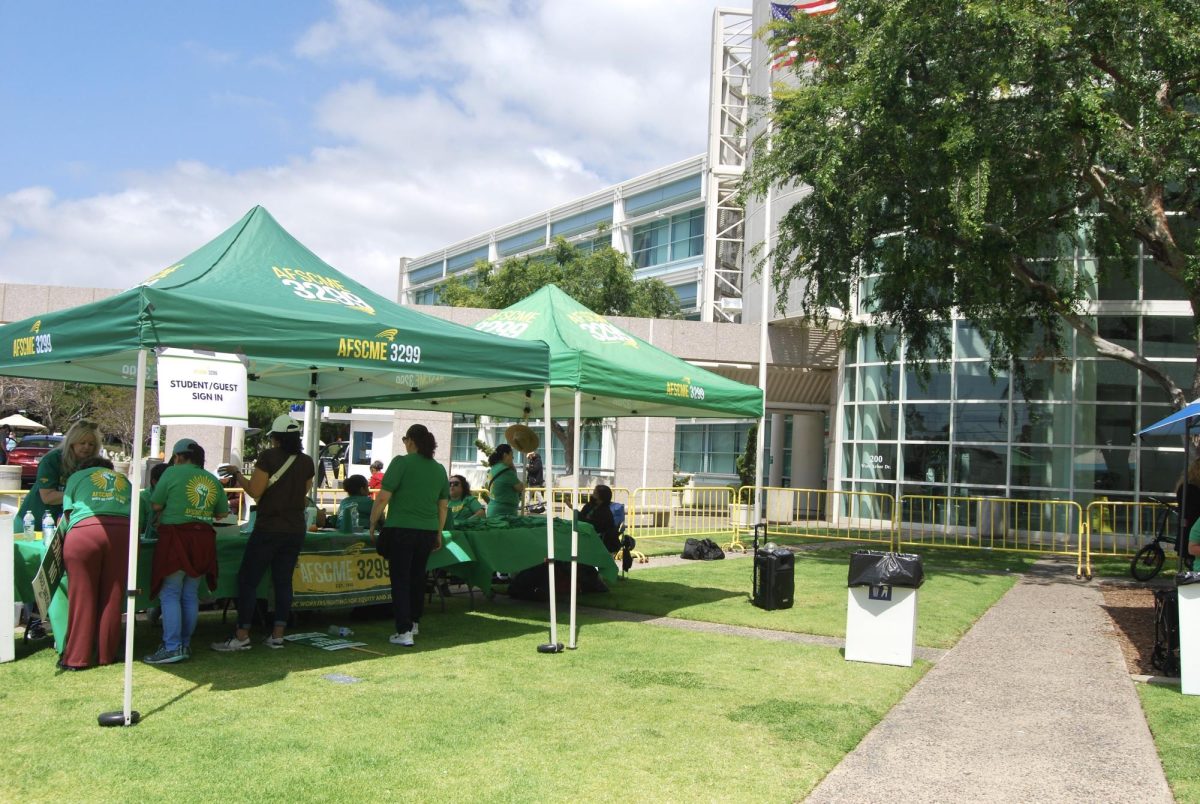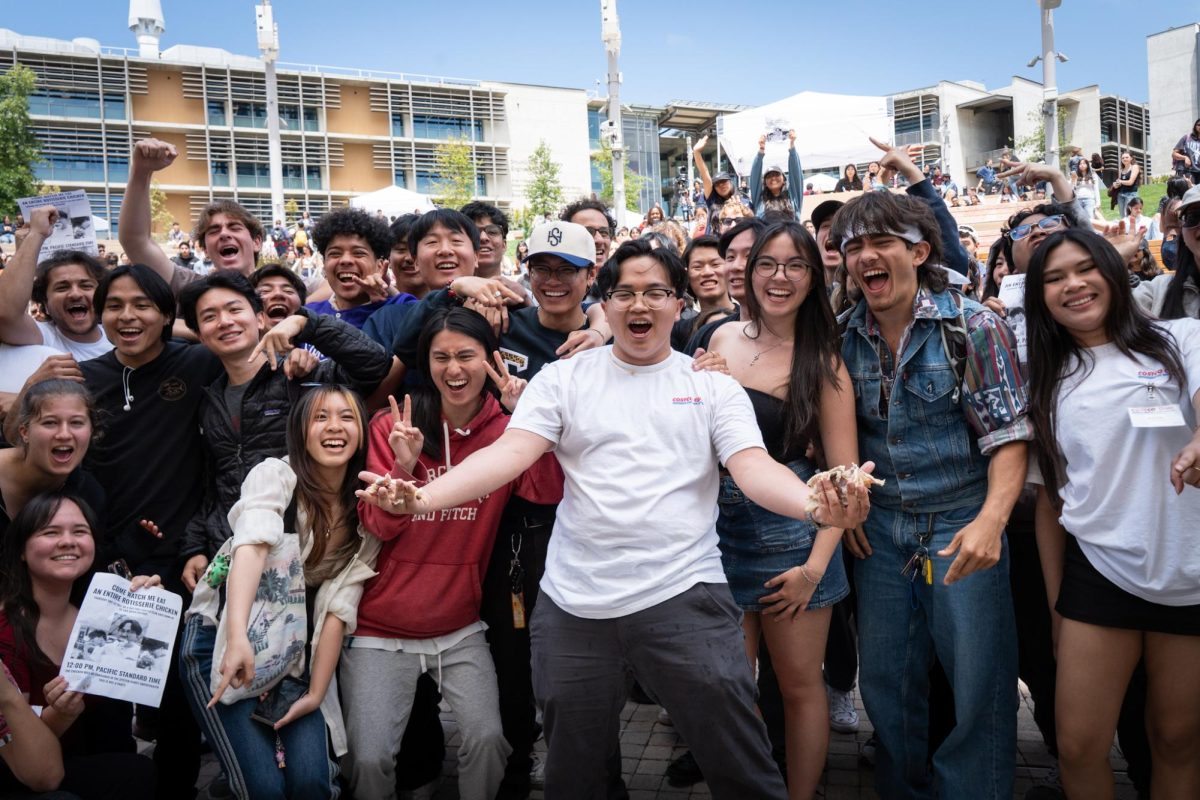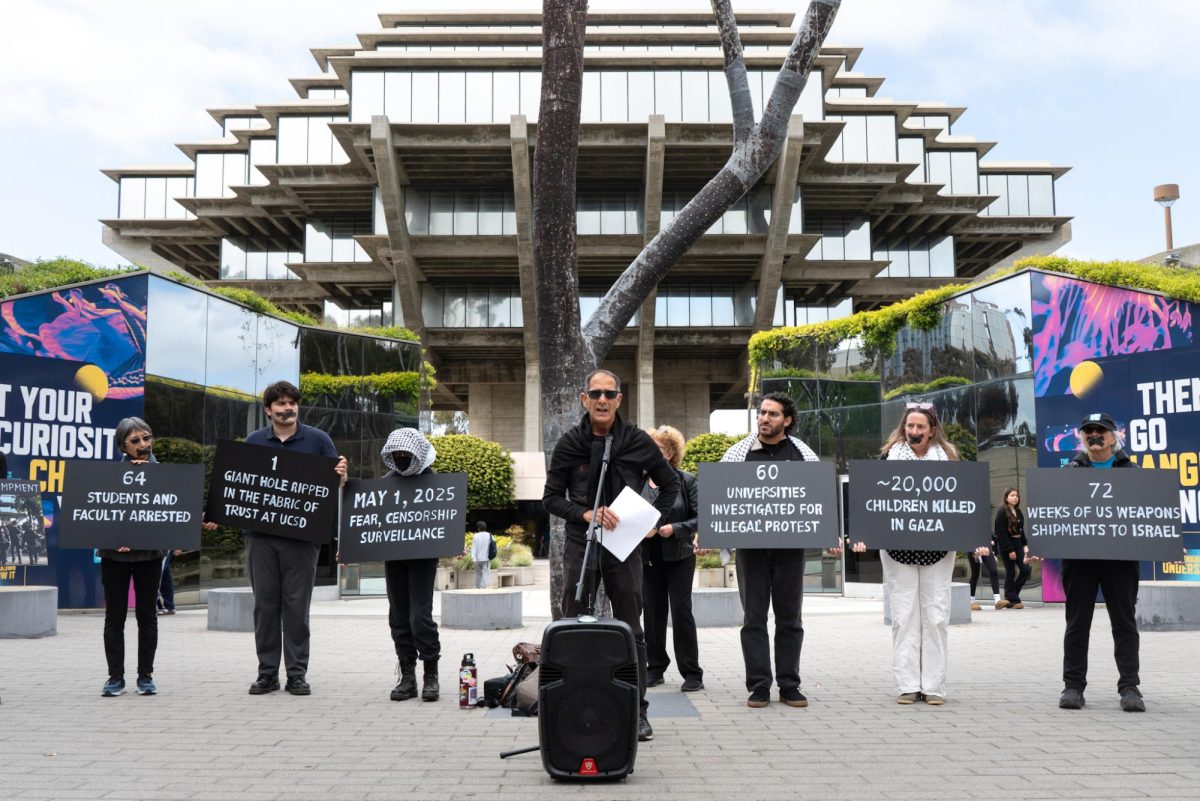After a four-year-long, $105-million-input renovation and expansion, the Museum of Contemporary Art San Diego (MCASD) reopened on April 9. The expanded museum features “Niki de Saint Phalle in the 1960s” as the inaugural exhibition.
Originally founded as the Art Center in La Jolla, MCASD has gone through several significant changes and evolved into an art museum mainly focused on the collection, preservation, exhibition, and interpretation of works of art from 1950 to the present. It has two sites: the flagship building located in La Jolla and the other in Downtown San Diego.
In 2014, MCASD named architect Annabelle Selldorf for expansion, quadrating the museum gallery space in La Jolla. The new museum is 104,400 square feet large in total size, with an addition of 46,400 square feet compared to four years ago. It is also equipped with two levels of light-filled galleries, a public park, and new seaside terraces offering dramatic views of the Pacific Coast.
“With the Selldorf expansion, MCASD’s flagship building is, at last, scaled to showcase the work it has collected over the past decades. Soaring ceilings and natural light allow for inviting displays of the collection alongside lively, changing exhibitions,” said Kathryn Kanjo, the CEO at MCASD.
Currently, MCASD hosts more than 5,600 contemporary art exhibitions, among which more than 4,700 works were created after 1950, across various media and genres. These post-World War II works include key pieces from color field painter Ellsworth Kelly, minimalist sculptor Donald Judd and renowned California installation artist Robert Irwin. Ellsworth Kelly’s “Red Blue Green,” Andy Warhol’s “Liz Taylor Diptych,” and John Baldessari’s “Terms Most Useful” are some of the notable works collected at MCASD.
The expanded La Jolla building will be renamed after philanthropists Joan and Irwin Jacobs, who donated $20 million in fundraising and donated two additional sculptures (a stainless steel pumpkin with colorful polka dots by Yayoi Kusama, and an oversized stack of lead books by Anselm Kiefer) on the occasion of reopening.
The collection exhibition at this new building will display works that have seldom been put on show before, including those of John Baldessari, Larry Bell, and Sam Gilliam, along with a 460-page handbook about the strength and distinction in each collection.
“Our collection includes some of the greatest artists from the past century that represent diverse geographies, aesthetics, genders, races, and often reflect the Museum’s position by the Mexico border. With this added space we can consistently present these objects to a curious public,” Kanjo said.
The museum’s inaugural exhibition features French-American artist Niki de Saint Phalle (1930-2002), focusing specifically on her works completed during the 1960s. This exhibition is the first to explore her experimental pieces during those transformative 10 years. Well known in France, Saint Phalle’s achievements were largely ignored in America, though. This special exhibition also marks the first time that numerous underrepresented European works are displayed in the United States.
“While local audiences are familiar with Saint Phalle’s later fantastical works of public art, we in Southern California have had less exposure to her radical work of the 1960s,” Jill Dawsey, Senior Curator at the MCASD, explained.
Saint Phalle, in fact, spent her last years in La Jolla before she passed away. During this period she created the Sun God Statue as her first outdoor commission in the United States.
“Saint Phalle had an important relationship to this region. In the early 1960s, she staged several shooting sessions in Los Angeles, in what were among the earliest instances of performance art in Southern California,” Dawsey said. “She would eventually settle in San Diego in the 1990s.”
The exhibition displayed two of Saint Phalle’s most significant series. One is the “Tirs,” or “shooting paintings.” This work was completed in 1970 and was made as the artist shot at paint bags placed on the canvas. “Tirs” was created for Saint Phalle’s exhibition, “Feu à Volonté” (Fire at Will) in Paris in 1961. It was her third exhibition since Galerie J opened and symbolized the artist’s entry into the nouveau réaliste group. The nouveau réaliste artists tended to incorporate everyday objects in artworks through assemblage, collage, and paintings.
“Tirs,” Niki de Saint Phalle
The other series is “Nanas,” the exuberant sculptures of women. These sculptures represent a dramatic change in Saint Phalle’s depiction of women; instead of portraying women as sad and passive, she made them energetic and powerful figures. Thus, she named it “Nanas,” a slightly derogatory French term for girls, especially in reference to young, saucy women. Some of these sculptures were created in light of the American Civil Rights Movement (1954-1968) and highlighted how “all women are goddesses, regardless of color.”
“Nanas,” Niki de Saint Phalle
“Many of Saint Phalle’s fantastical creatures and visionary environments cover our landscape and resonate with the community,” Kanjo said. “This rare presentation from a pivotal period in the artist’s career is a gift to our public and a homecoming for the artist.”
This year, both the La Jolla and downtown San Diego locations will present solo exhibitions from trailblazing female artists, from Yolanda López to Alexis Smith. Both of them are path-breaking artists and activists, who greatly contributed to their community and society through their art.
The MCASD is now open most days from 10 a.m. to 4 p.m. Tickets to MCASD cost $15 for students, while people at or under age 25 can enjoy a free visit.
Photos courtesy of Museum of Contemporary Art San Diego


